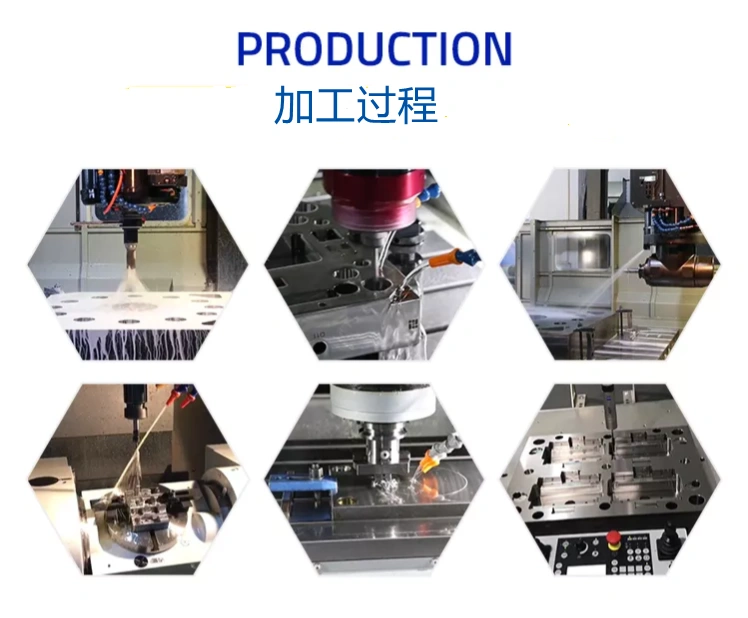
Mr. Chan
Leave a message
Mr. Chan
Leave a messageThe first thing I take into consideration is the material being molded. With abrasive, glass-filled materials, my focus would be on addressing concerns over wear and erosion unless the expected volume is extremely low. But with the most common glass-filled materials, cooling is more critical than with other materials, and the best steels to address wear have lower thermal conductivity. Carbide inserts are the exception; they have excellent wear properties along with great thermal conductivity, but the costs and lead times to replace these need to be considered.
With corrosive materials such as PVC, stainless steel is a common choice. Using cheaper options will require critical procedures to prevent corrosion. On parts that have very high surface-finish expectations, tool steels that have lens-grade specs should be considered. For molding materials that do not contain abrasives like glass fibers or corrosive ingredients, P-20 steel is the most common choice. But with smaller tools for high-volume production, hardened tool steels are always a good option to prolong the tool life with reduced maintenance. On the other hand, aluminum can be an excellent choice for lower-volume tools to reduce cycle times. But from a maintenance viewpoint, aluminum is not my friend.
A few years back there was a lot of talk and studies about aluminum and its positive impacts on mold-build cost and cycle times, both of which can be significant. But there is always a negative that can offset the positive if all aspects are not considered. What`s more, there are many versions of aluminum, and each has very different properties of toughness and thermal conductivity, so never assume that [aluminum is aluminum." Do your research.
Aluminum is often used for prototype tooling to keep the costs down. And the production tooling is then built with more robust steel. Just keep in mind that the molding results will not be the same. And in some cases can be significantly different, depending on the part geometry and size. The main reason is the cooling factor, as aluminum has much greater thermal conductivity. I would not recommend using aluminum on high-volume parts that have visual specs or on tools that have many lifters and slides. Aluminum is very soft and requires extra attention in the design to make sure it is robust enough, and extra care in the press to reduce cavity damage.
The most common, middle-of-the-road tool steel is P-20 or similar, which has 28-30 RC hardness. This steel also comes in a high-hard version (38-40 RC), and in-lens grade when high surface-finish requirements are needed. P-20 is the first choice in most cases when using plastics without abrasive additives. But as I mentioned earlier, unless it`s for very low-volume use, you will need to protect the steel against erosion with a coating or surface hardening. This has drawbacks, with which I am very familiar.
For very tight-tolerance and high-volume parts, S-7 is a common choice. It`s a very durable, impact-resistant tool steel that can be hardened up to 56 RC. This steel also is much more stable through the heat-treating process, shrinking or expanding less than H-13 or stainless steel.
In most cases, cavities are hardened to 50-52 RC. S-7 can also be used for slides or lifters and hardened to 54-56 RC. They have excellent wear properties working against the S-7 cavities at 50-52 RC. I`ve seen tools set up like this running every day all week with intricate lifters and never have an issue with wear or galling.
Stainless steel is commonly used not only for PVC but in medical tooling to provide highly polished cavities. The high end for hardness on stainless steel is 50-52 RC.
H-13 is typically the go-to choice for tool steel to address wear when running abrasive materials. In most cases, cavities are not hardened above 50 RC to reduce the chances of stress cracks. The typical range is 44-48 RC. I have had a tool with H-13 inserts running 33% glass-filled nylon for 1 million cycles without any wear issues. But I would not recommend this unless you take very careful consideration in the tool design.

Privacy statement: Your privacy is very important to Us. Our company promises not to disclose your personal information to any external company with out your explicit permission.